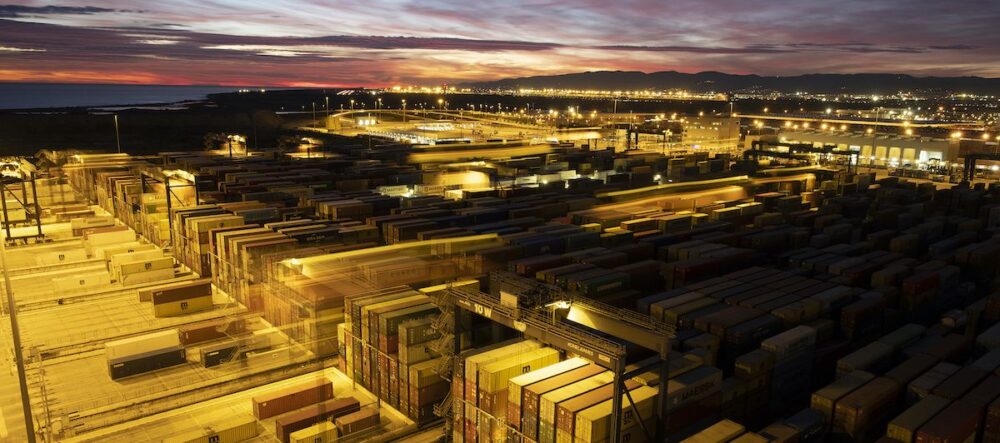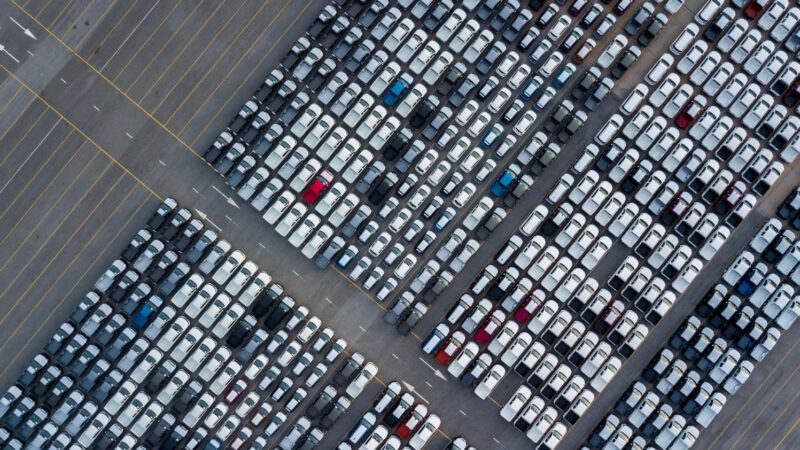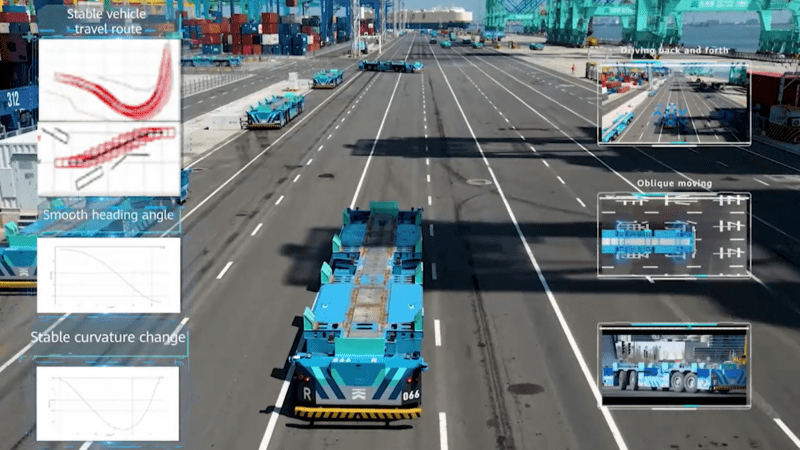In the words of Dirk Van den Bosch, the Regional Commercial Director at DP World Europe and Russia: “Port-Centric Logistics means different things to different people.” Thus, the definition of this planning model is more or less based upon how each individual port decides to use it to improve the efficiency of their supply chain.
In general, Port Centric-Logistics (PCL) can be defined as a logistics and distribution system that keeps cargo within the port, meaning the port itself is at the center of the network. This allows stakeholders to store shipments at the port rather than within inland warehouses, which reduces the number of handling stages during the storage and distribution process.
Despite its current popularity, PCL is not a new process. In fact, prior to the containerization of the shipping industry, most cargo was stored in yards or warehouses in the port perimeter.
But with the arrival of the container and the development of intermodal transport, full containers started to move inland near to their final destination where they were stripped and the cargo was transferred into a warehouse or distribution center. Thus, the port, while still a key point in the supply chain, was no longer considered the center of the system.
However, this is changing as ports seek out solutions that help them streamline their supply chains and reduce their impact on the environment. These are two advantages that ports can leverage when cargo is stored, re-handled, and delivered all from within the port.

What is motivating ports to choose PCL?
According to Dirk Van den Bosch, who shared his thoughts in a recent webinar on Port-Centric Logistics by Port Technology International, the pressure for changes in planning models is surging from three sources: economy, supply chain and society.
Starting with economic pressures, focus is being put upon the cost of the imbalance of flows and the need for fuel cost savings. If there are two containers going to the same place, they can be combined to save money and fuel. This empty mileage is also alleviating road congestion, which can in turn bring positive release to economic pressures.
This also helps to allay the demand for more truck drivers, a point that is constantly causing stress within the current distribution system. According to the International Road Transport Union, the shortage of truck drivers is increasing and is expected to reach 36% in 2020.
In terms of supply chain pressures, there have been a lot of questions about schedule reliability, which is at a low moment according to Van den Bosch. With the PCL model, ports and stakeholders can more easily resolve visibility issues and create steadfast supply chains to improve reliability.
Finally, societal pressures, like the green agenda and a change in end-customer requirements, are procuring this change in logistics management. For example, the PCL model has been shown to lower carbon emissions, one of the main priorities of the shipping industry to date.
Plus, the culture of instant fulfillment that’s been created by eCommerce and the Amazon Effect means that the industry is working with delivery time compression that is directly linked to the customer experience. With PCL, stakeholders can improve customer experience with more dependable distribution mechanisms.
 Port Centric-Logistics (PCL) can be defined as a logistics and distribution system that keeps cargo within the port, meaning the port itself is at the center of the network. (Port de Barcelona)
Port Centric-Logistics (PCL) can be defined as a logistics and distribution system that keeps cargo within the port, meaning the port itself is at the center of the network. (Port de Barcelona)
 Port Centric-Logistics (PCL) can be defined as a logistics and distribution system that keeps cargo within the port, meaning the port itself is at the center of the network. (Port de Barcelona)
Port Centric-Logistics (PCL) can be defined as a logistics and distribution system that keeps cargo within the port, meaning the port itself is at the center of the network. (Port de Barcelona)








